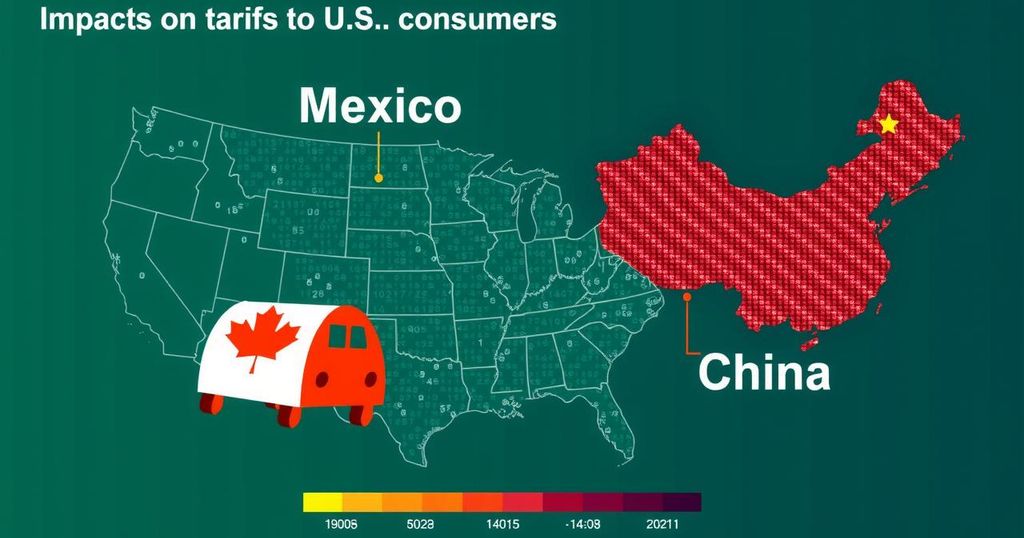USDA Reports Highlight Trends in Brazil and Colombia’s Coffee Markets
The USDA Foreign Agricultural Service’s semi-annual reports on Brazil and Colombia indicate significant production forecasts, record exports, and growing domestic consumption amid rising global coffee prices. Brazil expects to produce 66.4 million bags, while Colombia’s output is projected at 12.9 million bags, reflecting improved practices and market developments.
The USDA Foreign Agricultural Service recently released semi-annual market reports on Brazil and Colombia, two of the largest coffee producers globally. These reports arrive amid historic commodity prices for arabica coffee and shifting dynamics in the global coffee market, partly due to the European Commission’s postponement of the EUDR deforestation law. Together, the findings indicate increasing pressures on the green coffee market, with China’s consumption trends and climate challenges further complicating the landscape.
According to Brazil’s report, production is estimated at 66.4 million bags for 2024/25, bolstered by a positive biennial cycle despite some adverse weather conditions. Arabica output should rise slightly to 45.4 million bags, while robusta production may decline to 21 million due to irregular rainfall. Additionally, Brazil achieved a record coffee export of 47.3 million bags in the 2023/24 season, largely driven by a substantial increase in shipments to China and significant revenue spikes this past September.
For Colombia, coffee production is projected to reach 12.9 million bags in the 2024/25 season, reflecting a 1.1% increase due to improved farming techniques and favorable weather. Domestic coffee consumption is also expected to grow, particularly among younger consumers interested in specialty coffee. Furthermore, the Colombian Coffee Growers Federation has introduced a new logistics model to enhance the export of freshly roasted coffee to the U.S., a move aimed at penetrating the market more effectively.
Brazil and Colombia are critical players in the global coffee market, representing significant coffee production and exportation capabilities. Recent reports from the USDA highlight the ongoing changes within these countries’ production capacities, trade relationships, and market dynamics amid external pressures such as climate change and new regulations. With growing coffee consumption in countries like China and anticipated fluctuations in supply due to weather conditions, understanding these reports is essential for stakeholders in the coffee industry.
In summary, the USDA’s semi-annual reports reveal significant trends in the coffee markets of Brazil and Colombia against the backdrop of rising prices and shifting global consumption patterns. Brazil continues to lead in production and exports, capitalizing on increased demand, particularly from China. Meanwhile, Colombia is experiencing modest growth in production and consumption driven by improved agronomic practices. Both countries’ responses to these market dynamics will shape the future of the coffee industry.
Original Source: dailycoffeenews.com








Post Comment